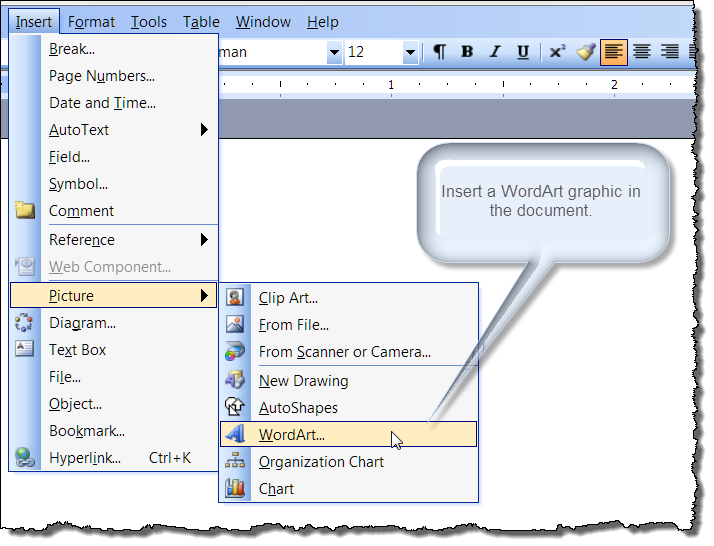
These can, however, be perfectly integrated by a 7 × 7 Gauss quadrature, as all rapidly varying terms are removed from them. The remainders δ A ¯, δ B ¯ z, and δ B ¯ r must not be disregarded, because at larger values of u 2 + v 2 they will give a contribution.

The corresponding definite integrals are given by four evaluations, each according to the rule, given in Eq. In these expressions, all terms that depend only on one coordinate have been omitted, as they finally cancel out. For this example’s host code, we can reuse a substantial amount of code from the previous matrix multiplication example, including the code that will create the context and the command queue. The main steps for the host code are similar to those in Figure 4.2. In this case, because we rotating about the originĭest_data = src_data Īs seen in the previous kernel code, image rotation is an embarrassingly parallel problem, in which each resulting pixel value is computed independently. Read (ix,iy) src_data and store at (xpos,ypos) in Int ypos = (int)(yOff*cosTheta − xOff*sinTheta + y0)

Int xpos = (int)(xOff*cosTheta + yOff*sinTheta + x0) Calculate location of data to move into (ix,iy) Work-item gets its index within index space _global float* dest_data, _global float* src_data,įloat sinTheta, float cosTheta) //Rotation Parameters For this reason, we need to check the bounds of the calculated output coordinates. When an image is rotated, the new locations of some pixels may be outside the image if the input and output image sizes are the same (see Figure 4.3, in which the corners of the input would not have fit within the resultant image). Set oImage = image rotation example is a good example of an input decomposition, meaning that an element of the input (in this case, an input image) is decomposed into a work-item. Set oDialog = Dialogs(wdDialogInsertPicture) The code I found and played with a bit is this :

I found the code I need but only understood the next problem only after printing, I need to determine with code which is longer height of the original picture or width and rotating the picture 90 degrees if height is longer than width, only then resizing it's height and maintaining the aspect ration to fit the cell in my table. Shortly, I need to insert a picture into a dedicated space (in my case a cell in a table) while resizing it's height to 1.7" (4.318cm) and maintaining the aspect ratio.

Now I'm stuck with a pic-by-pic assembly manual that I need to prepare for work. I'm unfamiliar with VBA but some-what succeeded to work with found codes in different forums while building a database in MS Access a few years ago. I'm new here and wondered if I can get some help


 0 kommentar(er)
0 kommentar(er)
